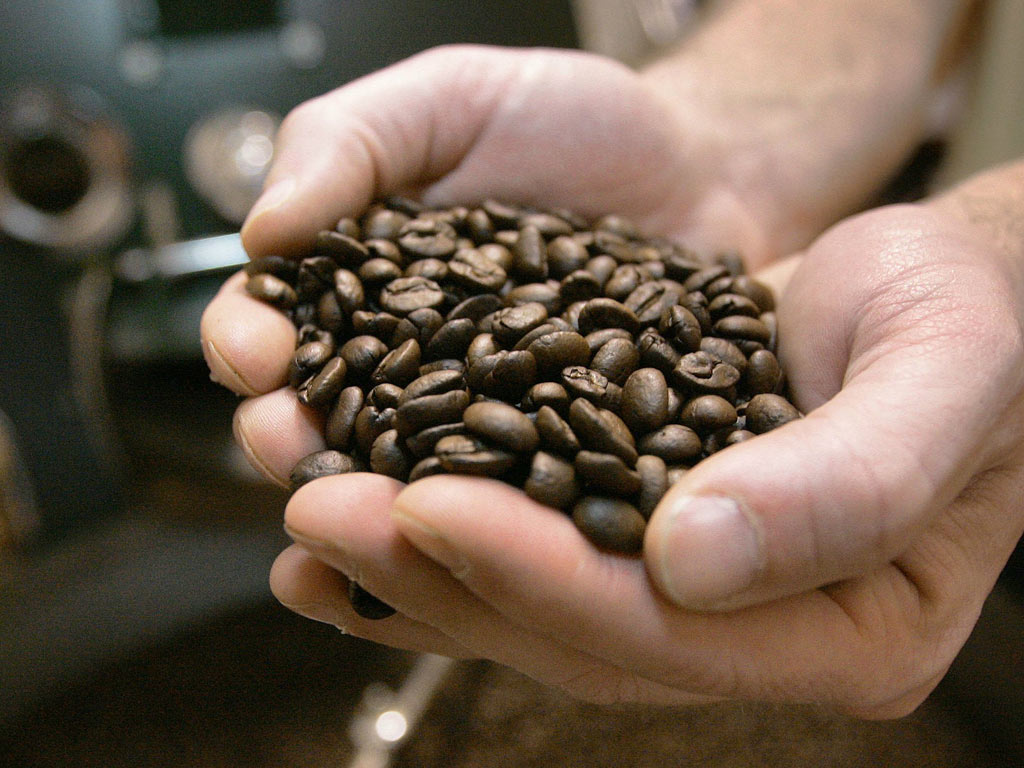Shopping Bag
0
- No products in the cart.


The coffee industry treated Robusta like an ugly sister to Arabica until a rather interesting genetic discovery was made. Once scientists began sequencing the genes, it became clear that the two species are not cousins or siblings. Instead it appears that Robusta is, in fact, a parent of Arabica. Most likely somewhere in southern Sudan, Robusta crossed with another species called Coffea euginoides and produced Arabica. This new species spread and really began to flourish in Ethiopia, long considered the birthplace of coffee.
Currently 129 species of Coffea have been identified, mostly through the work of Kew Gardens in London, though most look very different to the plants and beans we are familiar with. Many of these species are indigenous to Madagascar, though others grow in parts of southern Asia, even as far south as Australia. None of these species has any commercial attention at the moment, but scientists are beginning to show more interest in them because of a concern facing the coffee industry: the lack of genetic diversity of the plants currently in cultivation.
The way that coffee has spread around the world means we have a global crop with a common ancestry. There is little variation in the genetic make-up of coffee plants, and this exposes global coffee production to massive risk. A disease that can attack one plant can likely attack them all, something the wine industry suffered with Phylloxera , an aphid that devastated huge swathes of grape vines across Europe in the 1860s and 1870s.
Free Shipping On All Orders $200+ |
